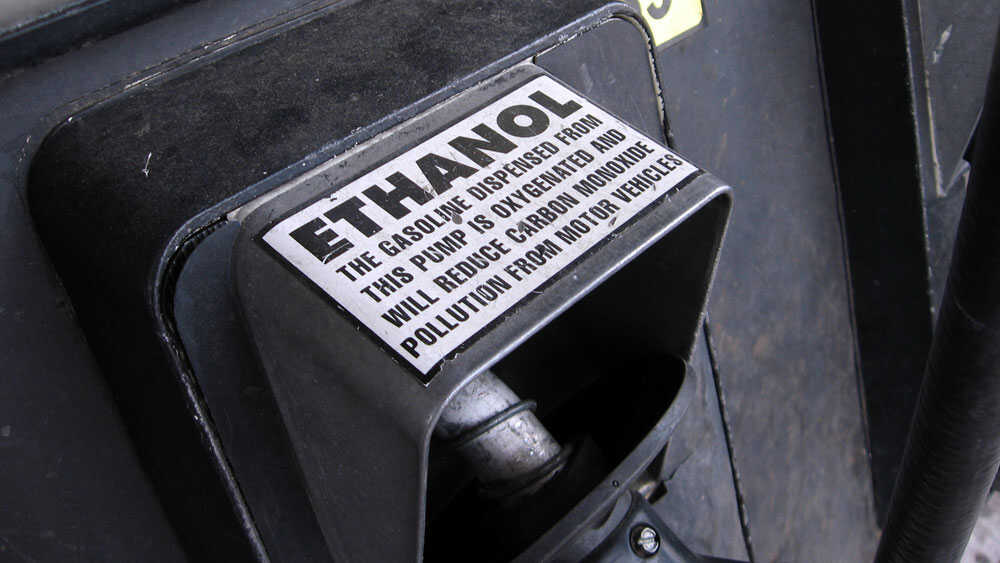In a bid to combat rising fuel prices and reduce greenhouse gas emissions, the Costa Rican government has announced plans to incorporate ethanol into gasoline starting December. This initiative, marking the country’s tenth attempt to introduce such a blend, aims to bring environmental and economic benefits. However, given the history of similar plans stalling, skepticism remains high regarding its implementation.
A Decade of Trials
The journey towards ethanol-blended gasoline in Costa Rica has been fraught with starts and stops. The first decree, issued in May 2003, mandated the distribution of this mixture to commence by January 2005. Yet, it wasn’t until February 2006 that a pilot project was launched exclusively in Puntarenas. Despite initial success, the plan never rolled out nationwide and has seen several iterations announced and subsequently canceled over the years.
The Current Proposal
The latest strategy, as confirmed by Recope in April, involves introducing ethanol to super gasoline as part of the National Development and Public Investment Plan for 2023-2026. The Minister of Environment has assured the public that this is not merely an idea but a definitive action. However, details regarding whether the ethanol will be imported or produced domestically remain unclear. The only certainty provided is that the ethanol will be of high standard and suitable for blending with top-tier gasoline, with intentions to extend this to regular gasoline following the initial phase.
Potential Benefits
The primary motivations for integrating ethanol into gasoline are twofold:
- Environmental Impact: Ethanol burns cleaner than gasoline and can significantly reduce vehicle emissions that contribute to global warming. This shift is part of a broader commitment to environmental stewardship, aligning with global efforts to combat climate change.
- Economic Advantages: By blending ethanol with gasoline, the government hopes to stabilize or potentially lower fuel prices. This could provide economic relief to consumers and reduce the country’s dependency on imported oil.
Challenges and Concerns
Despite these benefits, the transition to ethanol-blended fuel is not without its challenges:
- Consistency in Supply: The success of this initiative heavily depends on a reliable supply of ethanol, whether sourced domestically or imported. Past fluctuations in availability have been a primary hurdle.
- Vehicle Compatibility: Not all vehicles are optimized for ethanol-blended gasoline, which could lead to performance issues or require modifications for older vehicles.
- Public Perception: Given the history of failed attempts, gaining public trust and acceptance for another rollout is crucial. The government will need to ensure transparent communication and demonstrate readiness to implement the plan effectively.
Looking Forward
As December approaches, all eyes will be on Costa Rica to see if this attempt will finally break the cycle of unsuccessful endeavors. For ethanol-blended gasoline to become a reality, robust logistical planning and comprehensive public education campaigns will be essential. Additionally, stakeholders must address potential economic impacts on the oil industry and ensure that environmental benefits are realized.
The Costa Rican government’s renewed commitment to integrating ethanol into the gasoline supply could represent a pivotal shift towards sustainable energy usage within the country. However, the success of this initiative will depend largely on execution and public buy-in. If successful, Costa Rica could set a precedent for other nations considering similar measures to address environmental and economic challenges posed by traditional fuel sources.

